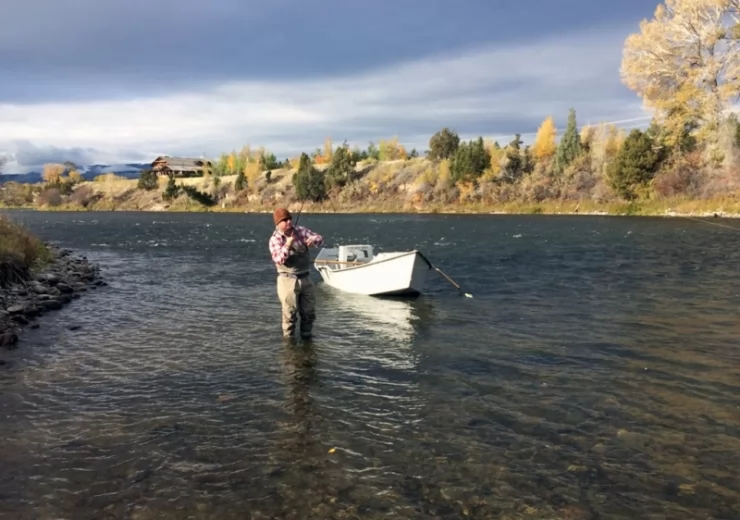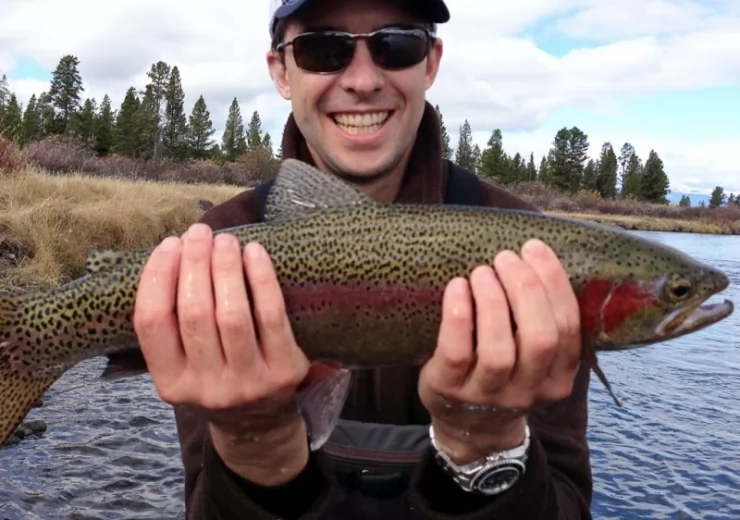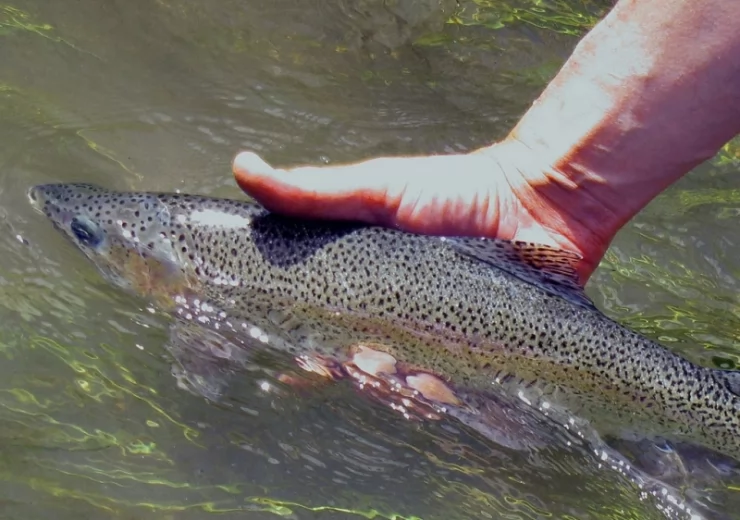Overview
HABITAT
Cutthroat trout require cold, clear, well-oxygenated, shallow rivers with gravel bottoms or cold, moderately deep lakes. Healthy stream-side vegetation that reduces siltation is typical of healthy cutthroat trout habitat and beaver ponds may provide refuge during periods of drought and over winter. Most populations stay in fresh water throughout their lives and are known as nonmigratory, stream-resident or riverine populations. The coastal cutthroat trout is the only cutthroat trout subspecies to coevolve through its entire range with the coastal rainbow trout. Portions of the westslope cutthroat trout's range overlap with the Columbia River redband trout, but the majority of its native range is in headwater tributary streams above major waterfalls and other barriers to upstream migration. At least three subspecies are confined to isolated basins in the Great Basin and can tolerate saline or alkaline water.
FEEDING
Cutthroat trout are opportunistic feeders. Stream-resident cutthroat trout primarily feed on larval, pupal and adult forms of aquatic insects, and adult forms of terrestrial insects (typically ants, beetles, grasshoppers and crickets) that fall into the water, fish eggs, small fish, along with crayfish, shrimp and other crustaceans. As they grow the proportion of fish consumed increases in most populations. In saltwater estuaries and along beaches, Coastal cutthroat trout feed on small fish such as sculpins, sand lance, salmon fry and herring. They also consume shrimp, small squid and krill. In fresh water, they consume the same diet as stream resident trout—aquatic insects and crustaceans, amphibians, earthworms, small fish and fish eggs. Within the range of the bull trout (Salvelinus confluentus) the cutthroat trout is a forage fish for the piscivorous bull trout.
The fishing
The lodge where Cutthroat trout is, is located in the dead center of the varied river sections and is directly on the most consistent portion of the river with the highest trout densities. Fishing out of the lodge also extends far beyond the Madison River. Yellowstone Park is just upstream with numerous famous waters within. There are three trophy lakes (Hebgen, Quake and Ennis Lakes) with huge wild trout that offer technical dry fly fishing within a stones throw. Small mountain streams like the West Fork of the Madison, Grayling Creek, South Fork of the Madison and several others are also close by. We can also make trips to the Jefferson, Missouri, Ruby and Yellowstone Rivers to add even more variety. The Madison River is one of the most consistent in all of Montana. It fishes well in both high water years and drought years and with trout densities at over 5,000 trout per mile near the lodge there are plenty of big wild browns and rainbows to keep every angler happy.
Gear and equipment
On the lodge where you are going to fly fish Cutthroat trout they provide all flies, rods, and tackle on guided fishing days. We have loaner rods on-site if you want to fish around the property.
While flies are provided by guides on the guided trips, if you plan to fish on the property after dinner, we recommend picking up a few flies at the Beartooth Flyshop across the river.
If you are new to fly fishing just show up! Rods, flies, leaders, tippet and waders are included on our guided trips at the lodge -
Waders & Boots (rentals available @ Lodge)
5 or 6 wt. fly rod
Dry Bag for gear/clothing in boat
Strike Indicators
Fishing Bag/Vest
Split Shot B, BB
Fly Boxes /Flies*
Leaders 9’- 3x, 4x
Clippers & Forceps
Tippet Material 3x, 4x, 5x
Wading Staff (optional)
Dry Fly Floatant






